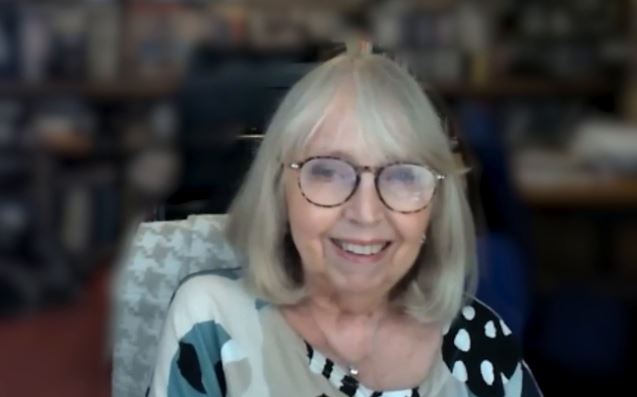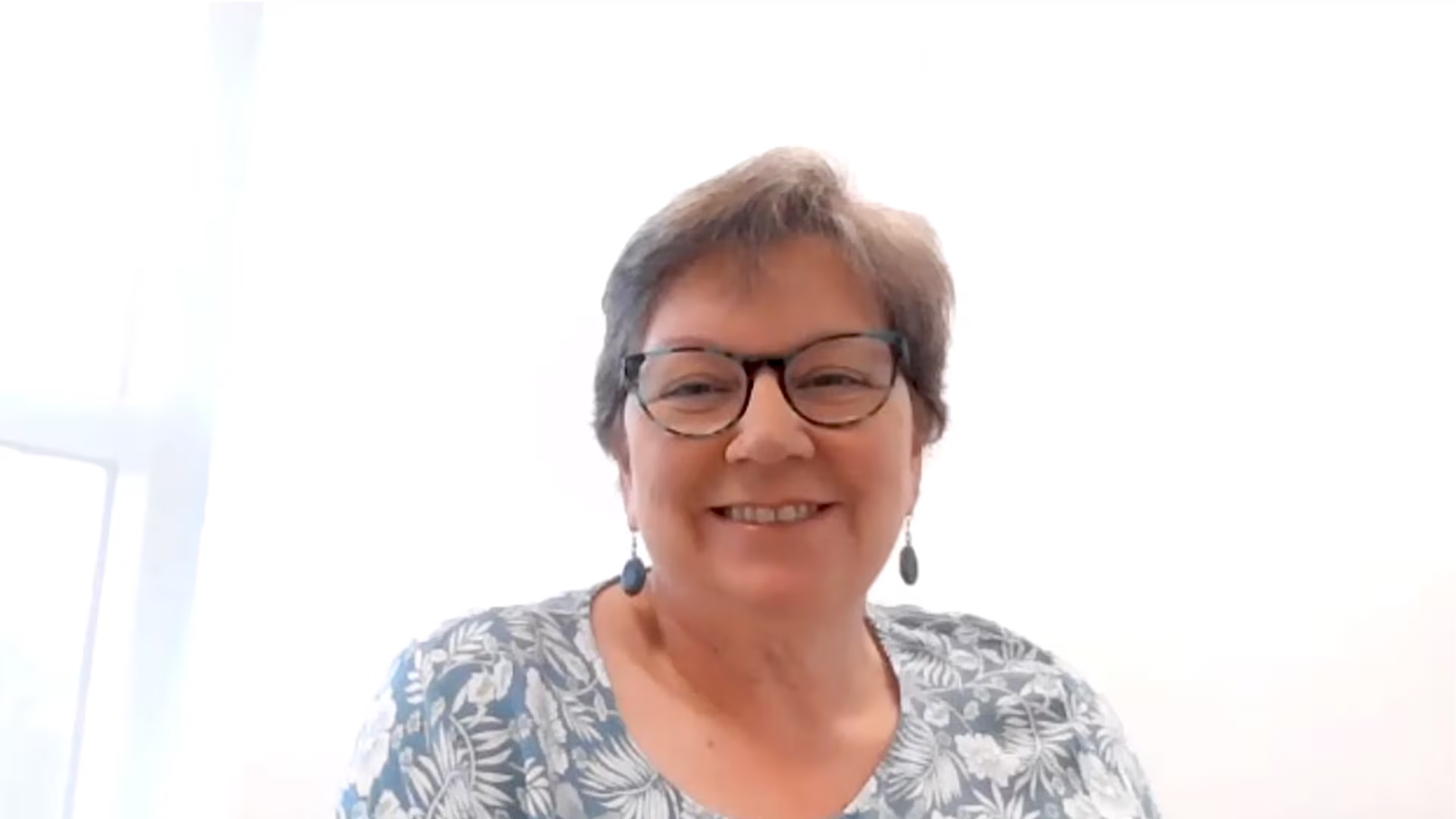Machine-learning models as predictors of fractures in osteoporosis: Giovanni Adami, WCO-IOF-ESCEO 2023
In this study a machine-learning approach was investigated over two years to determine the efficacy of fracture risk prediction in osteoporosis. touchIMMUNOLOGY were delighted to speak with Dr. Giovanni Adami (University of Verona, Verona, Italy) to discuss the machine-learning models already available for screening osteoporosis and their limitations, the risk factors used as predictors of fractures in this model and the outcomes of the 2 year study.
The abstract ‘SHORT-TERM (2-YEARS) FRACTURE RISK PREDICTION: A MACHINE LEARNING APPROACH.’ (Abstract number: OCs5) was presented at WCO-IOF-ESCEO 2023, 4-7 May 2023.
Questions
- What machine-learning models are already available for screening osteoporosis and what are their limitations? (0:19)
- What treatment gap exists between patients at risk of fractures and those receiving treatment? (1:20)
- What risk factors were used as predictors of fractures? (3:04)
- What were the outcomes of your study? (3:58)
- How can fracture prediction be used to improve patient outcomes? (5:04)
Disclosures: Giovanni Adami discloses participating in speaker’s bureaus with Pfizer, Galapagos, UCB, Amgen, Eli-lilly, Theramex, and Fresenius Kabi.
Support: Interview and filming supported by Touch Medical Media Ltd. Interview conducted by Victoria Jones.
Filmed in coverage of the 2023 WCO-IOF-ESCEO Annual Meeting.
Click here for more content on bone disorders.
Transcript
What machine-learning models are already available for screening osteoporosis and what are their limitations? (0:19)
Actually, there are no clinically validated machine learning models. We all talk about research in this topic. There are several machine learning approaches to measure the risks for fracture in our osteoporotic patients that have been published. There is some large industry that is working on machine learning around fracture prediction and most of these algorithms or machine learning algorithms had the major limitation of being validated on larger data stats or a larger database of real-life data. This is probably the main limitation, otherwise they perform really well.
What treatment gap exists between patients at risk of fractures and those receiving treatment? (1:20)
Treatment gaps in this case are mostly because we don’t treat patients adequately, approximately 80% of our patients with osteoporotic fractures and most of the patients with a hip fracture, which is a dramatic osteoporotic fracture, do not receive any osteoporotic treatment. So, the point here is we had a very, very large bowl full of fish that we are not aiming to get any of these fishes. So, the problem will be to capture the fracture and to treat adequately and possibly the fracture risk algorithm, or machine learning algorithm might help, might really, really help clinicians to intersect, to capture those fractures that are not adequately treated. For those who are treated, the critical question is now for how long we should treat with what treatment with sequential treatment and so on. Also in this case, it might be very interesting to explore this new machine learning algorithm to decide what kind of treatment. There’s a paper recently published to show that machine learning can adequately predict to very efficiently predict the response to treatment, which might be very interesting to do, because we can do a patient tailored or precision medicine, in this case.
What risk factors were used as predictors of fractures? (3:04)
Well, we use in our work the most important clinical risk factors that are widely accepted as relevant risk factors and we put them all together, they enter the machine learning algorithm into the black box and we showed that we can adequately predict the imminent risk based on parental and risk factors for our patients. So we used bone mineral density, we use glucocorticoid intake, we used a calcium and vitamin D intake as well. We also included in the algorithm the treatments which we know are associated with a reduction in the fracture risk to give a more precise and fine-tuned estimation of the risk.
What were the outcomes of your study? (3:58)
Well, the outcomes are probably immediately clinically relevant. We demonstrated that we can predict imminent fracture risk, which may be very, very relevant because we now have medication that can effectively reduce the risk of fracture in just one year as compared to other active medications. So, we now have bone anabolics, dual action drugs like romosozumab, that can reduce the risk very, very effectively. So, we had a very large reduction in fracture, but also and probably more importantly in a very, very short period of time. So that’s why we should, in some patients, predict that imminent risk of fracture and machine learning might perform better than standard fracture risk assessment too.
How can fracture prediction be used to improve patient outcomes? (5:04)
This is probably related to the last question. While it might improve the outcomes the first way, as I mentioned, what is the treatment tailored so we can do precision medicine, we can treat more aggressively patients with higher imminent risk, this is the first clinically relevant outcome and second is the prognosis of our patient. It might be very relevant for a special population with a very high risk of imminent fracture within the next couple of years. Well, this might be very interesting for them to know what is the fracture risk, it might improve adherence, might improve compliance of these patients mainly they might be more aware of their risk and might be more in compliance with the treatment that has been prescribed to them.
Subtitles and transcript are autogenerated.






